27
What Type of Video Content Is the Most Popular in 2025?
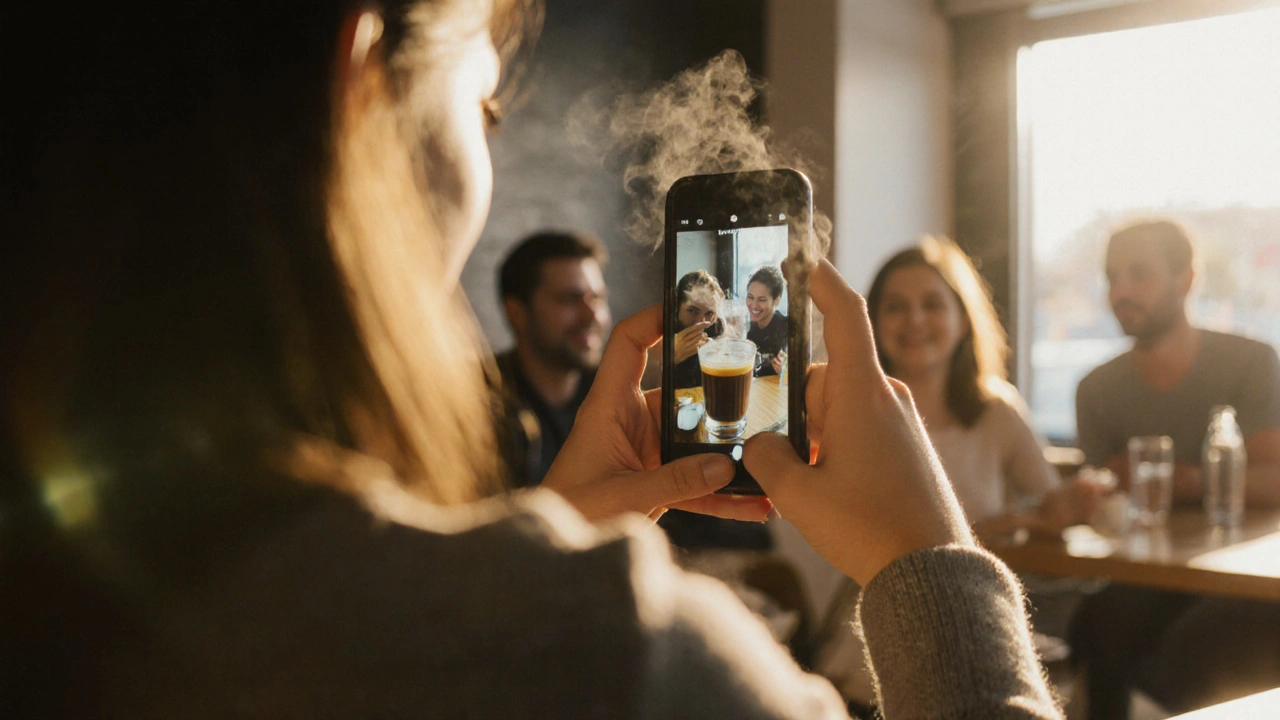
By 2025, people aren’t just watching videos-they’re living them. Over 90% of users say they’ve discovered a new product or service through video on social media. But not all video content performs the same. If you’re trying to figure out what actually grabs attention, drives shares, and converts viewers, you need to know what’s working right now-not what worked last year.
Short-form video dominates every platform
Short-form video isn’t just popular-it’s the default. TikTok, Instagram Reels, YouTube Shorts, and even LinkedIn’s new short video feature are all built around content under 60 seconds. In 2025, the average viewer spends more than 45 minutes a day scrolling through short videos. Why? Because they’re fast, easy to consume, and designed for mobile.
Brands that win here aren’t making polished ads. They’re showing real moments: a behind-the-scenes look at how coffee is brewed in a small Brisbane café, a 15-second fix for a common household problem, or a quick before-and-after of a skincare routine. The key? Authenticity over production value. A shaky phone clip of a customer laughing while trying your product will outperform a studio-shot commercial every time.
How-to and tutorial videos are the quiet giants
If you think short-form is the only winner, you’re missing the other half of the equation: how-to videos. These aren’t flashy, but they’re incredibly powerful. Google and YouTube together process over 3 billion searches per day, and nearly 70% of them are “how to” queries. People are searching for answers-video answers.
Think: “How to clean a greasy stovetop,” “How to fix a leaky faucet,” “How to use Canva for beginners.” These videos don’t need big budgets. They just need clear steps, good lighting, and a helpful tone. One small business in Adelaide saw a 200% increase in website traffic after publishing a 3-minute video showing how to assemble their product. No fancy effects. Just a tripod, a voiceover, and a real person walking through the process.
Customer testimonials and user-generated content build trust
People don’t trust ads. They trust other people. That’s why customer testimonials-especially unscripted, raw ones-are one of the most effective types of video content in 2025.
A study from HubSpot in early 2025 found that 84% of consumers say they trust peer reviews as much as personal recommendations. Video testimonials carry even more weight. A real person talking about how your product solved their problem, in their own words, with their own environment, is more convincing than any scripted sales pitch.
Encourage your customers to record short clips. Offer a small incentive-a discount, a feature on your page-and you’ll get a flood of authentic content. One fitness brand in Perth started a hashtag challenge asking customers to post their first 30-day workout results. They got over 12,000 submissions. The best ones were turned into a 90-second highlight reel that now runs as their main ad.

Live video still has unmatched engagement
Live video isn’t dead. It’s evolved. In 2025, live streams on Instagram, YouTube, and Facebook still get 10 times more comments than pre-recorded content. Why? Because they feel immediate. Viewers know they’re watching something happening right now.
Successful live videos aren’t about broadcasting a speech. They’re about interaction. Q&A sessions with your team, live product demos where viewers can ask questions in real time, or even just a casual “day in the life” stream from your warehouse or studio. One local bakery in Brisbane started doing weekly live bakes-viewers vote on what flavor to make next. Their follower count grew by 40% in three months, and sales of that week’s flavor spiked by 65%.
Story-driven content creates emotional connections
People don’t buy products. They buy stories. That’s why brand storytelling videos-especially those focused on purpose, values, or origin-are rising fast.
These aren’t corporate mission statements. They’re human stories: how a single mom started a sustainable clothing line in her garage, how a team of engineers redesigned a medical device after their father’s hospital experience, or how a local fisherman switched to eco-friendly nets and saved a coral reef.
A video like this doesn’t need to be long. Two to four minutes is enough. What matters is the emotional arc: problem, struggle, breakthrough. When Donegal Seafoods in Tasmania released a 3-minute video about their switch to plastic-free packaging, it got over 2 million views-not because it was flashy, but because it made people feel proud to support them.

Animation and motion graphics work for complex ideas
Not every message is easy to explain with real people. If you’re selling software, financial services, or a technical product, animation and motion graphics are your best friends.
They simplify complexity. A 60-second animated explainer can show how a cloud backup system works in a way no live actor could. Companies like Canva and Notion use these videos to onboard users-and they’re not alone. In 2025, explainer videos have a 65% higher retention rate than live-action content for B2B audiences.
You don’t need Hollywood-level animation. Tools like Vyond, Animaker, and even Canva’s built-in motion features can create clean, professional-looking videos without a big team. The key is clarity. One SaaS startup in Sydney cut their customer support calls by 30% after replacing a 10-page PDF guide with a 90-second animated walkthrough.
What doesn’t work anymore
Here’s the hard truth: long, salesy, overly produced videos are fading. If your video feels like a TV commercial from 2015, people are skipping it. No one wants to sit through a 5-minute pitch with stock music and a voiceover saying “Imagine a world where…”
Also avoid: scripted testimonials that sound like actors, overly edited transitions that distract from the message, and videos that don’t have a clear purpose. Every video should answer one question: Why should the viewer care?
Test this: If you removed the logo and brand name, would someone still understand the value? If not, rewrite it.
What to do next
Start small. Pick one type of video that matches your business and try it. Don’t try to do everything at once.
- If you’re a local service provider: film a 60-second how-to video solving a common problem your customers face.
- If you sell products: ask five happy customers to record a 30-second testimonial on their phone.
- If you’re tech or SaaS: make a 2-minute animated explainer of your core feature.
Track the results. Which video got the most shares? Which one kept viewers watching until the end? Which one drove the most clicks to your site? Use that data to guide your next video.
There’s no magic formula. But there is a pattern: real people, real problems, real solutions. That’s what works in 2025.
What type of video gets the most views on YouTube in 2025?
Short-form videos under 60 seconds, especially tutorials, quick tips, and behind-the-scenes clips, are getting the most views on YouTube in 2025. YouTube Shorts now accounts for over 40% of total watch time on the platform. Viewers prefer fast, useful content they can consume while scrolling.
Are long-form videos still worth making?
Yes-but only if they have a clear purpose. Long-form videos (10+ minutes) still perform well for in-depth tutorials, product reviews, and storytelling. But they need strong hooks in the first 15 seconds and clear chapters to keep viewers engaged. Most businesses should focus on short-form first, then use long-form to deepen relationships with loyal followers.
Do I need professional equipment to make popular video content?
No. Most viral videos in 2025 are made on smartphones. Good lighting and clear audio matter more than expensive cameras. Natural light from a window, a $20 lavalier mic, and free editing apps like CapCut or DaVinci Resolve are enough to start. Authenticity beats production quality every time.
Which social platform is best for video marketing?
It depends on your audience. TikTok and Instagram Reels are best for reaching younger users and driving trends. YouTube works best for tutorials and evergreen content. LinkedIn is ideal for B2B and professional services. Facebook still has strong reach for older demographics and local businesses. The smart move is to repurpose one core video across all platforms, adjusting the length and format for each.
How often should I post video content?
Consistency beats frequency. Posting one high-quality video per week is better than three rushed ones. Platforms reward regular posting, but they also reward engagement. If your audience responds to your videos with comments and shares, the algorithm will push them further. Focus on making each video meaningful, not just frequent.

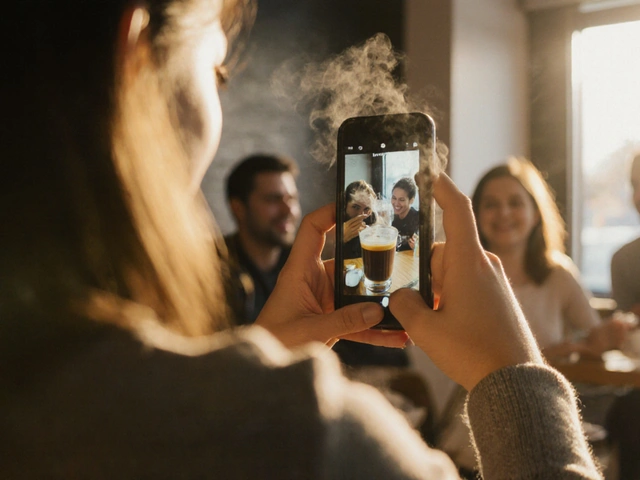
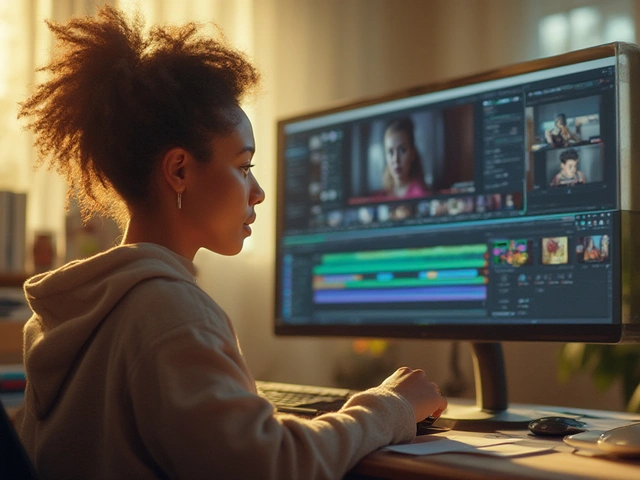
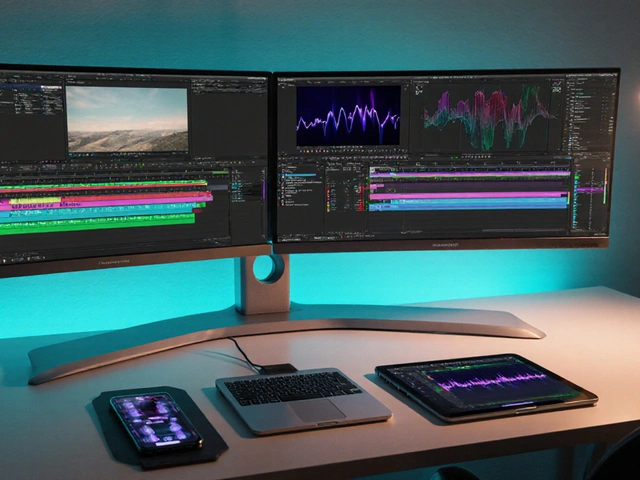
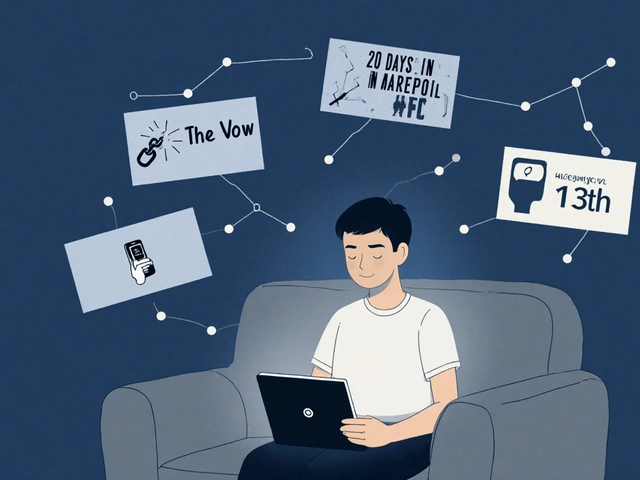
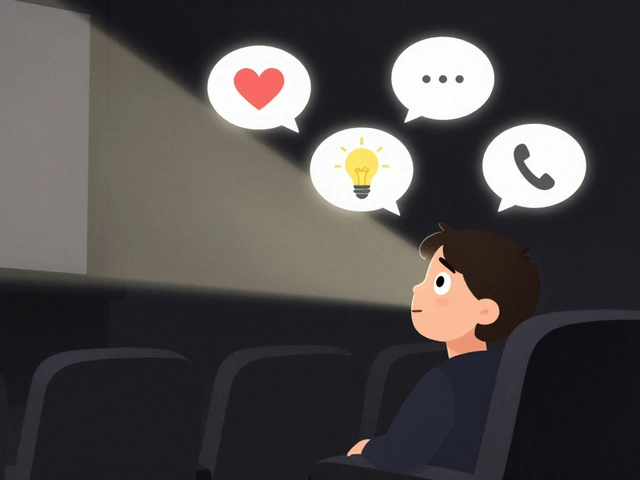


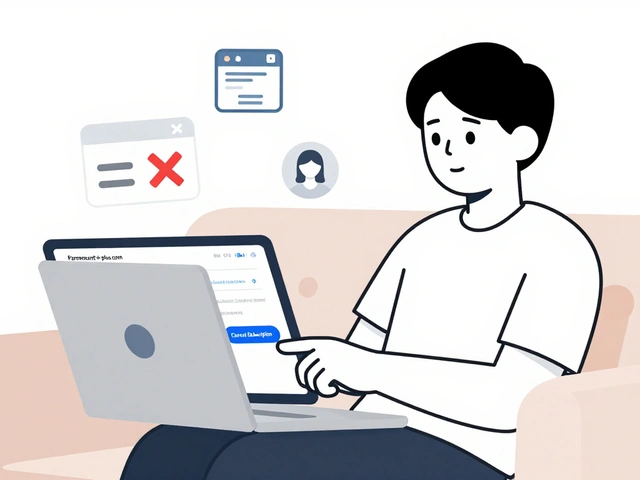
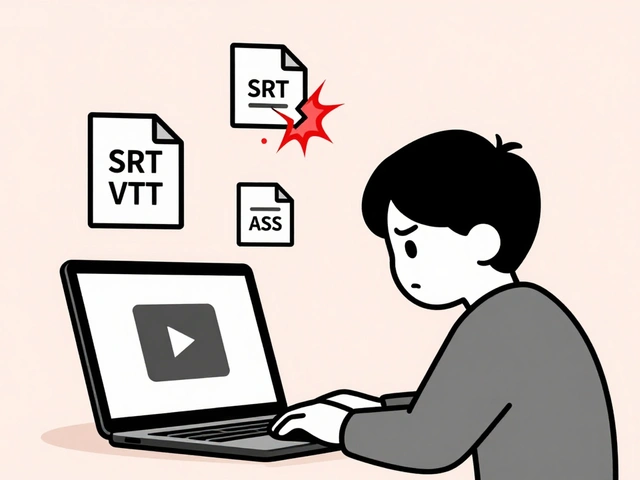
James Winter
October 27, 2025 AT 21:07Short-form video? Please. All this ‘authenticity’ crap is just lazy content. Real marketing takes effort, not shaky phone clips.
Aimee Quenneville
October 29, 2025 AT 12:22so… you’re telling me the algorithm doesn’t care if i’m crying while unboxing my $12 candle? 😭😂
Cynthia Lamont
October 31, 2025 AT 01:28Wow. Just… wow. You actually think a ‘before-and-after skincare routine’ is ‘content’? This isn’t marketing-it’s a cry for attention from people who can’t afford real advertising. And don’t get me started on ‘user-generated content.’ That’s just free labor wrapped in a hashtag.
YouTube Shorts aren’t ‘dominating’-they’re drowning. People are scrolling out of boredom, not engagement. And don’t even mention ‘live bakes.’ That’s not a business strategy, that’s a TikTok trend with a side of delusion.
And don’t pretend ‘authenticity’ beats production. You’re just too cheap to hire a cinematographer. A shaky clip of someone laughing? That’s not relatable-that’s unprofessional.
Let me guess: you think ‘no fancy effects’ means ‘no effort.’ Wrong. Effort isn’t about lighting rigs-it’s about strategy. And your strategy is to hope people feel sorry for you.
And why is everyone acting like ‘how-to’ videos are magic? Because they’re easy to make and algorithm-friendly. But they don’t build brands-they build disposable content farms.
Testimonials? Sure, if they’re real. But 90% of them are actors reading scripts in their mom’s basement. You think viewers can’t tell? They can. They’re just too numb to care anymore.
Animation? Fine for B2B. But if you’re selling coffee or toothpaste, stop pretending a motion graphic is ‘clever.’ It’s not. It’s just a PowerPoint with a voiceover.
And don’t tell me ‘long-form is dead.’ It’s not. It’s just buried under 10,000 15-second clips of people pretending to be ‘real.’ Real people don’t post videos to sell you stuff-they live their lives.
You want to know what works? Stop chasing trends. Start building trust. That takes time. And money. And integrity. And none of that is in your post.
This isn’t 2025. This is 2025’s dumpster fire.
Colby Havard
November 1, 2025 AT 03:51One must question the ontological underpinnings of ‘authenticity’ as a marketable construct; if the very act of performance-however ‘shaky’-is commodified, then authenticity becomes a performative illusion, a Hegelian dialectic of consumer desire masquerading as sincerity.
Moreover, the privileging of mobile consumption as the default mode of engagement betrays a fundamental epistemological collapse: the erosion of sustained attention as a civic virtue, replaced by algorithmic fragmentation.
Thus, to advocate for ‘quick fixes’ and ‘15-second solutions’ is not merely a marketing strategy-it is an ideological surrender to the neoliberal spectacle.
Amy P
November 2, 2025 AT 06:03Okay but what about ASMR videos?? I swear people are watching 10-minute videos of someone folding towels and it’s blowing up??
And also-did anyone else notice how many ‘real people’ testimonials are actually filmed in the exact same lighting with the same background? Like… we all know it’s staged. But we still click?
Also, I tried making a 30-second ‘how to fix my sink’ video and got 200k views. But I used a $5 mic from Amazon and a lamp. So… yeah. You don’t need much. Just… be weird.
Ashley Kuehnel
November 2, 2025 AT 09:40Y’all are overthinking this. Just grab your phone, turn on the light by the window, and talk like you’re explaining it to your best friend. No scripts. No fancy gear. Just help someone.
I helped a local bakery do a ‘how to roll sourdough’ video on their phone and their sales doubled in a week. People just want to feel like they’re learning from someone real.
And if you’re scared your video won’t be ‘good enough’? Good. That means you’re not trying to be perfect. You’re trying to be helpful. And that’s the whole point.
Also-use subtitles. So many people watch without sound. And don’t forget to say your name at the start. People remember faces, not logos.
You don’t need to go viral. Just be useful. One video a week. That’s it.
adam smith
November 2, 2025 AT 16:14While I acknowledge the empirical data presented regarding short-form video engagement metrics, I must respectfully dissent from the implicit assumption that algorithmic popularity equates to cultural or commercial value.
One must consider the long-term brand equity erosion caused by reducing complex value propositions to 15-second clips.
Furthermore, the glorification of ‘shaky phone footage’ as ‘authentic’ may reflect a broader societal decline in aesthetic standards and professional accountability.
Mongezi Mkhwanazi
November 4, 2025 AT 08:03You think this is about video content? No. This is about control. The corporations don’t want you to think deeply. They want you scrolling. They want you distracted. They want you to believe that a 15-second clip of a guy laughing while eating a burrito is ‘meaningful.’
They’ve turned human connection into a metric. Likes. Shares. Watch time. Engagement. All of it is a trap. A digital cage wrapped in a hashtag.
And now they’re telling you to ‘be authentic’-but only if you follow their rules. Only if you use their platform. Only if you post at 7 PM on Tuesday.
They don’t care about your bakery. They don’t care about your product. They care about your data. Your attention. Your emotional vulnerability.
That ‘30-second testimonial’? That’s not your voice. That’s their script. That’s their algorithm feeding on your desperation to be seen.
And don’t even get me started on ‘animated explainers.’ That’s corporate propaganda with a cute cartoon. You think you’re educating people? You’re programming them.
Real change doesn’t come from YouTube Shorts. It comes from shutting off the screen. Talking to your neighbor. Building something real. Not posting it.
But of course… you’ll keep scrolling.
Mark Nitka
November 5, 2025 AT 07:07Look, I get the whole ‘authenticity’ thing. But let’s be real-some of us actually have products that need explanation. You can’t show a 60-second clip of how a cloud backup system works. People need context.
Short-form is great for discovery. But long-form is where trust is built. I’ve seen clients convert 3x more after a 12-minute deep dive than after a 15-second Reel.
Don’t throw out the baby with the bathwater. Use short-form to hook. Use long-form to close.
Kelley Nelson
November 6, 2025 AT 16:36How quaint. The notion that ‘a shaky phone clip’ could possibly convey the same gravitas as a professionally composed visual narrative is not merely naïve-it is an affront to the discipline of visual communication.
One does not elevate the art of storytelling by reducing it to the lowest common denominator of mobile phone resolution and amateur audio capture.
Authenticity, when divorced from craftsmanship, becomes mere chaos.
Fredda Freyer
November 8, 2025 AT 06:11What’s interesting is how everyone’s talking about formats-but no one’s talking about why people watch. It’s not about ‘what’ you show-it’s about ‘why’ they care.
People don’t watch tutorials because they need to fix a faucet. They watch because they feel powerless. And a 3-minute video where someone says, ‘I did this, and you can too,’ gives them hope.
Testimonials? Same thing. People don’t trust brands. They trust the idea that someone like them made it through. That’s the story.
Animation? It works because it removes distraction. You’re not looking at a person-you’re looking at an idea. That’s powerful.
And live video? It works because it’s the last place left where time feels real. Where you’re not watching a replay-you’re watching a moment that can’t be edited.
So stop obsessing over length or gear. Ask yourself: ‘What pain am I easing?’ That’s the only thing that matters.
And if you’re still stuck? Just film yourself talking to your mirror. If it feels true, it’ll resonate.
Gareth Hobbs
November 9, 2025 AT 09:48Short-form video? HA! That’s just the New World Order’s brainwashing tool. You think TikTok is ‘organic’? It’s all AI-curated, government-backed content farms pushing ‘authenticity’ so you forget to question the system.
And ‘user-generated content’? That’s not users-that’s unpaid labor for Big Tech. They get your data, your emotions, your attention-and you get a ‘feature’ on their page. Like a dog begging for scraps.
They want you to think a 15-second clip of a latte is ‘content.’ Meanwhile, your kids are growing up thinking ‘real life’ is a filter.
And don’t even mention ‘live streams.’ That’s just another way to keep you glued to your screen while they sell your soul to advertisers.
They’re not selling coffee. They’re selling obedience. And you’re handing it to them in 60-second increments.
Wake up. This isn’t marketing. It’s mind control.
Zelda Breach
November 10, 2025 AT 13:17Someone actually believes a ‘before-and-after skincare routine’ is ‘content’? Please. That’s not marketing-that’s a cry for help from someone who can’t afford a real ad campaign.
And ‘authenticity’? That’s just a buzzword for ‘I didn’t hire anyone.’ You think viewers can’t tell the difference between a $500 lighting setup and a phone in front of a window? They can. And they’re bored.
YouTube Shorts aren’t ‘dominating.’ They’re drowning in mediocrity. And you’re celebrating it like it’s progress.
Animation for B2B? Fine. But for everything else? Stop pretending a motion graphic is ‘clever.’ It’s just a PowerPoint with a voiceover and a sad piano track.
And let’s talk about testimonials. 90% of them are scripted. The ‘real’ ones? They’re all filmed in the same beige room with the same lighting. You think people don’t notice?
This isn’t 2025. This is the year we stopped pretending marketing was about value-and started pretending it was about vibes.
And you’re all just dancing.
James Winter
November 10, 2025 AT 17:28Typical. Everyone’s crying about ‘authenticity’ while begging for views. Just sell the damn product.